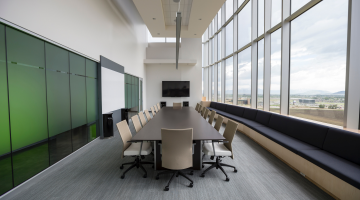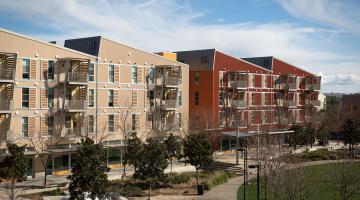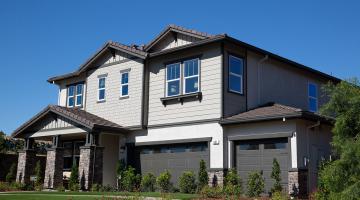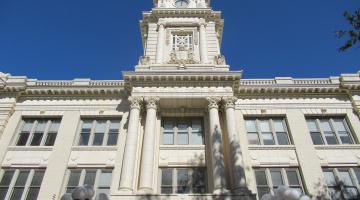The energy efficiency of a building can be improved by upgrading any of the components which contribute to energy use. Examples are appliances, heating, ventilation, and air conditioning units, windows, lighting, and water heaters.
By reducing the amount of energy needed in buildings through cost-effective efficiency, reducing the carbon content of energy resources, and applying demand flexible technologies to shift when energy is used without reducing customer services, buildings can:
- Save consumers money through reduced energy bills
- Improve both indoor and outdoor air quality
- Reduce health risks
- Help the state reach climate goals
- Support grid resiliency and reliability
- Improve building functions in a changing climate
The California Energy Commission (CEC) sets minimum energy standards for new residential and nonresidential (commercial and multifamily buildings, hospitals, etc.) buildings and alterations and additions to existing buildings. To ensure compliance, the CEC approves providers to train and certify that certain systems are appropriately installed.
Below are general categories of buildings with tailored information to improve energy efficiency. Also included is information on financing, finding professionals, utility-rebates and programs, and more.




